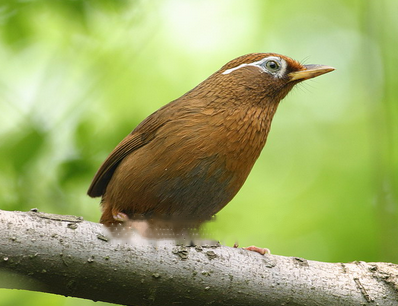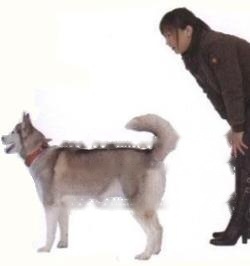The fighting bird, people call it the general in the cage. Among the many caged ornamental birds, the thrush is the best in fighting, and its ability to fight in the cage has a large part It is learned gradually after training; those generals who have experienced hundreds of battles and have a long-standing reputation are trained by their masters through combat training.

Fighting training is a problem that every bird-fighting enthusiast must encounter. Directly participate in the fight, then, in front of those battlefield generals, it must be a character who is beaten, and it will ruin the good bird that could have been cultivated. This is a pity, Because fighting in the cage is not as free as in nature, how to make the birds exert their fighting skills in a few square inches requires certain training. When you see the brave and brave birds in the cage, your heart is always itchy, and you can't help but want to open your eyes and try a few thrushes. Then, how should we conduct thrush fighting training? ?
There is a saying in bird raising experts that one call, two training, three fights, what is one call, two training, three fights? The so-called one call, two training, three fights means Refers to the number of molting times of the thrush in the cage. Birds with insufficient tameness (tameness and exuberance) are not good at fighting. Thrushes are born in the same year and molt in autumn, and the others molt once a year. Therefore, people judge whether it is a tame bird based on the number of times it moults in the cage; nest chicks and young birds can generally be tamed after changing their feathers in the cage once. It takes two or more hair changes to be tamed, while old hairs and elders (except for very few) must be changed at least two or three times before they can be tamed. Of course, this also depends on the level of feeding of each individual.
A bird that is regularly walked or cared for is much faster to tame than one that is left out; imagine a purchased wild thrush, even though it is a top-grade bird, if the owner does not add food If you don’t pay attention to it outside of feeding water, then even if you keep it for three years and five years, it will still be wild, let alone participate in competitions; this is also the main reason why many people fail to raise it repeatedly, and the author also I often encounter some people complaining that their birds are not good or bad; some people can't raise good birds that they bought at a high price. These are caused by lack of experience and management methods, not bad birds. ;In the process of raising thrush, it is not difficult to see some birds that were abandoned by the original owner and then transferred to the new owner. This is what people often hear as the poor three and the rich.
So, you can't expect to have the idea of breeding thrushes successfully (except for very few) in three or five months. It is impossible. The experience of a birder is that a bird that has lived in the wild for half a year must be raised for half a year; a bird that has been in the wild for a year must be raised for a year, and so on; as a breeder, in addition to the necessary domestication experience and methods, You must also have enough confidence and patience, take the initiative to raise and domesticate, and never wait passively; it is impossible to raise good birds by passively waiting.
![[Dog Training 5] The training method of pet dog dining etiquette](/static/img/12192/12192_1.jpg)




